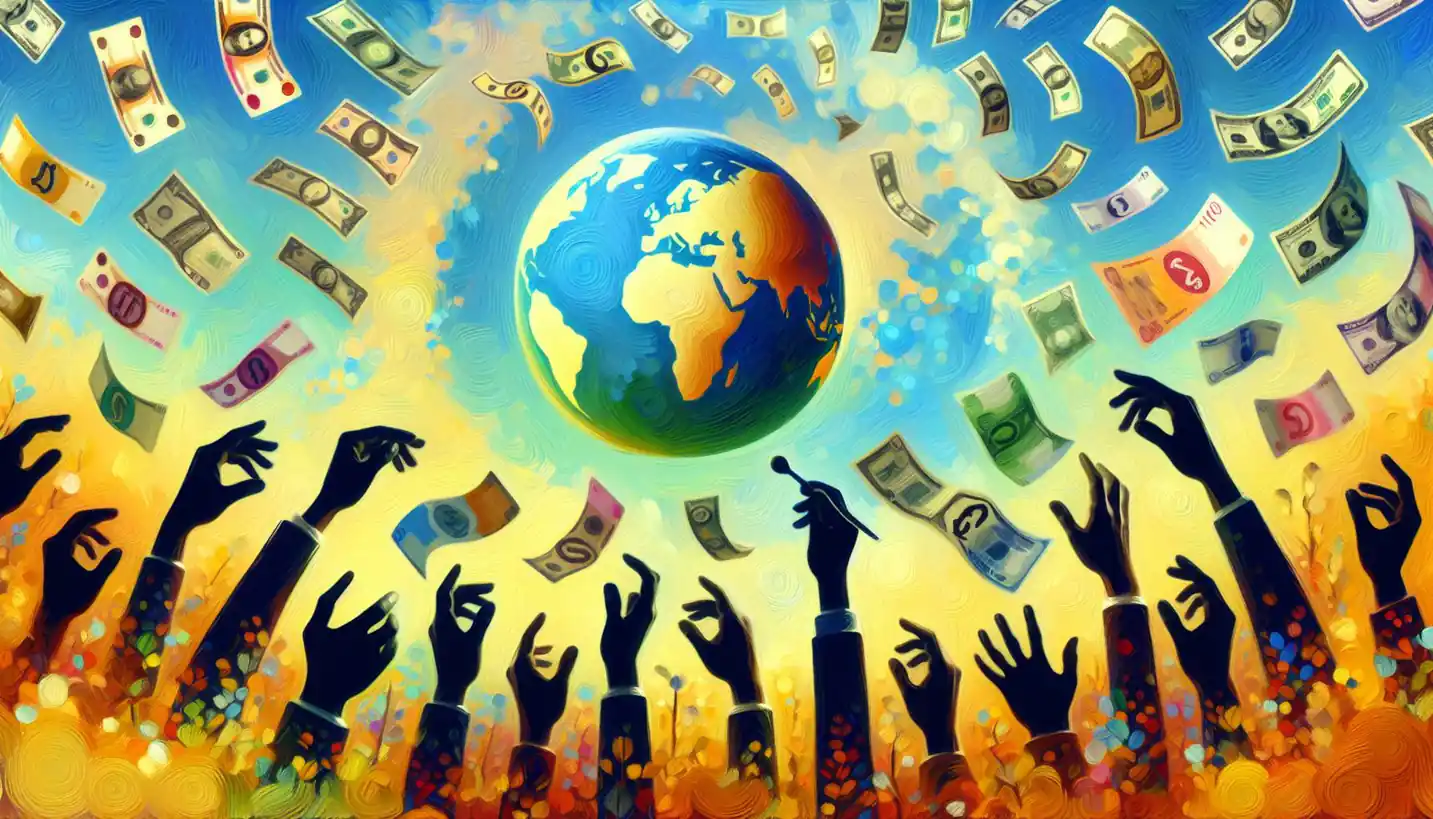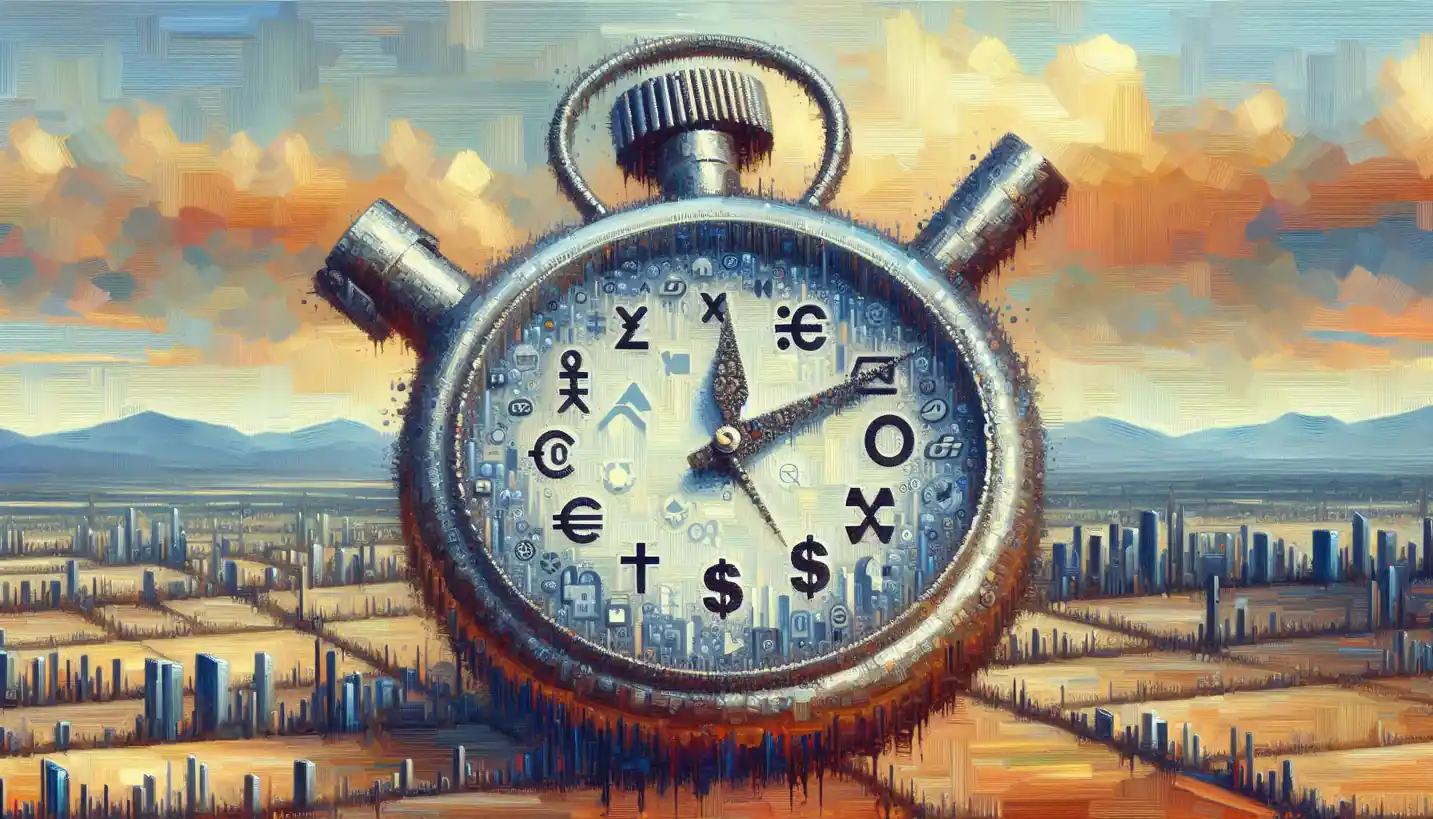· Economics · 4 min read
Comparative Advantage: Understanding the Key to International Trade
Explore the concept of comparative advantage and its influence on international trade. Learn why it's vital for boosting global economies.

Ever wonder why countries trade with one another? It’s like a global jigsaw puzzle where each nation finds pieces that fit perfectly with others. The concept that makes this puzzle work is called “comparative advantage.” It’s a cornerstone of international economics and gives us insight into why countries specialize in certain products and trade with others.
What is Comparative Advantage?
Let’s start with the basics. Comparative advantage is the idea that a country should focus on producing goods it can make more efficiently than its trade partners. It sounds simple, right? But it’s often confused with another concept called absolute advantage, where a country produces everything more efficiently. The genius of comparative advantage lies in its focus on relative efficiency, rather than absolute output.
Think of it this way: it’s like two people cooking dinner. One might be an amazing chef, better at making both appetizers and main courses, while the other is only decent at making appetizers. It makes more sense for the chef to focus on the main course and let the other person tackle the snacks. The meal gets done faster, and everyone benefits.
The Origins of the Concept
The idea of comparative advantage dates back to the early 19th century and is credited to David Ricardo, a British economist. Ricardo’s groundbreaking work transformed how we view international trade. Before his theory, people mainly focused on who could produce more. Ricardo shifted the conversation by asking, “Who can produce at a lower opportunity cost?”
How Does It Work in Real Life?
Imagine two countries: WonderLand and GearLand. WonderLand is great at producing both gadgets and food, but it’s much more efficient in gadget-making. GearLand, on the other hand, is less efficient in gadgets but can whip up food items quite well compared to WonderLand.
If each focuses on what they do best—WonderLand on gadgets and GearLand on food—they both end up with more of what they want by trading. WonderLand exports gadgets to GearLand and imports food. As a result, both countries have more of both products than if they tried to make everything on their own.
A World Built on Trade
The global economy heavily relies on comparative advantage. Countries exchange everything from raw materials to complex machinery based on this principle. For instance, countries with vast tracts of arable land might focus on agriculture, while mineral-rich nations focus on mining.
Think about tropical countries exporting coffee or cocoa. They focus on these crops because the climate and soil conditions mean they can produce them efficiently. Meanwhile, countries like Japan that lack natural resources might focus on technology and manufacturing.
The Upsides and Downsides
Comparative advantage is a powerful tool for boosting global trade, which can increase wealth and improve living standards worldwide. By focusing on what they do best, countries make the pie bigger for everyone.
However, it’s not free from criticism. Relying heavily on comparative advantage can make countries too dependent on a narrow range of industries. This can be risky if global demand shifts. Also, some argue that it doesn’t take into account social or environmental costs. For instance, a country might have a comparative advantage in producing cheap goods due to lower labor standards, which raises ethical questions.
The Role in Economic Policies
Countries often craft their economic policies around comparative advantage. Trade agreements and tariffs are influenced by what countries think they can offer best. Governments focus on sectors where they have a competitive edge and negotiate to remove barriers in these areas.
Countries may also invest in education and technology to develop new areas of comparative advantage. By doing this, they adapt to globalization’s shifting demands, ensuring they remain competitive.
Beyond Economics: A Broader View
While comparative advantage is primarily an economic theory, its ideas can apply more broadly. It encourages thinking about how individuals or firms can best utilize their resources. For instance, a company might focus on its core competencies and outsource other functions to boost efficiency.
Curiosity Drives Understanding
Understanding comparative advantage can spark curiosity about how our interconnected world works. Why are certain products imported rather than made locally? Why do trade patterns exist, and how can they change?
Future research might delve into areas like digital transformation’s impact on comparative advantage. As technology evolves, so do the factors contributing to what makes a country or company competitive.
Final Thoughts
Comparative advantage has stood the test of time as a key concept in international economics. It offers a blueprint for why and how trade occurs, making it an essential tool for understanding global interactions. Whether you’re a student, policymaker, or just curious about how the world works, grasping this concept offers valuable insights.
So next time you enjoy a product from a different part of the world, remember there’s a piece of economics making it possible!



